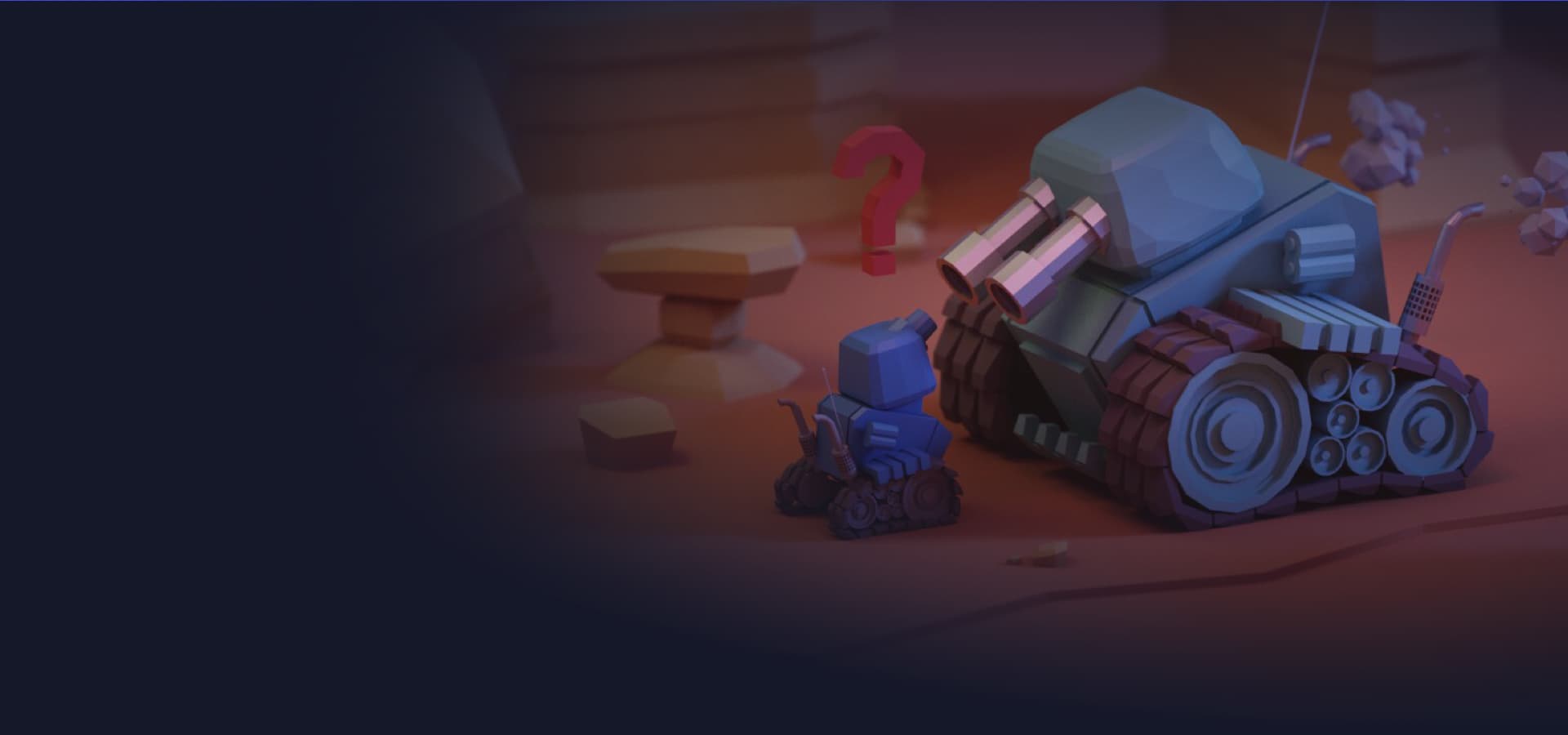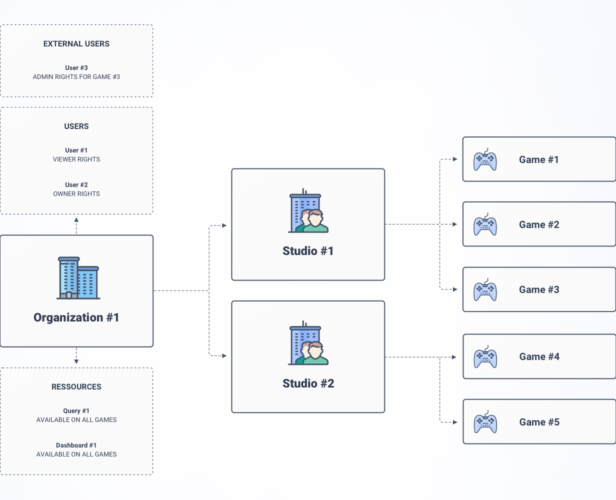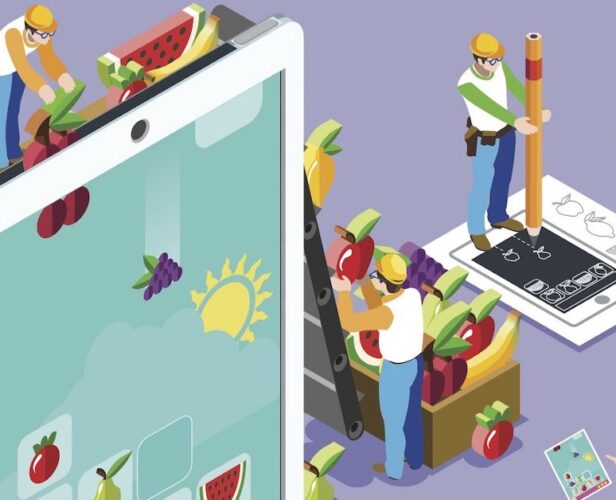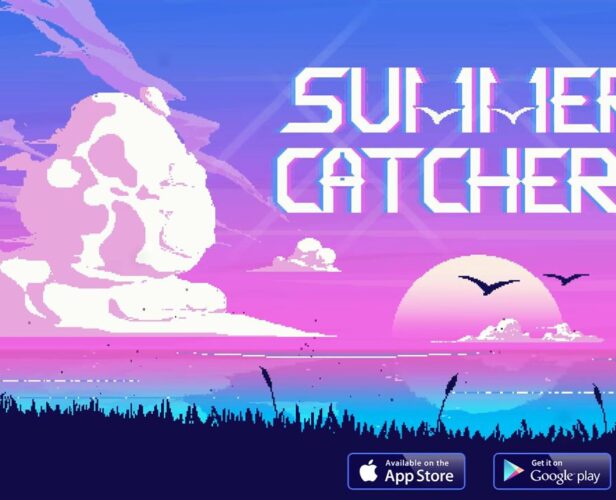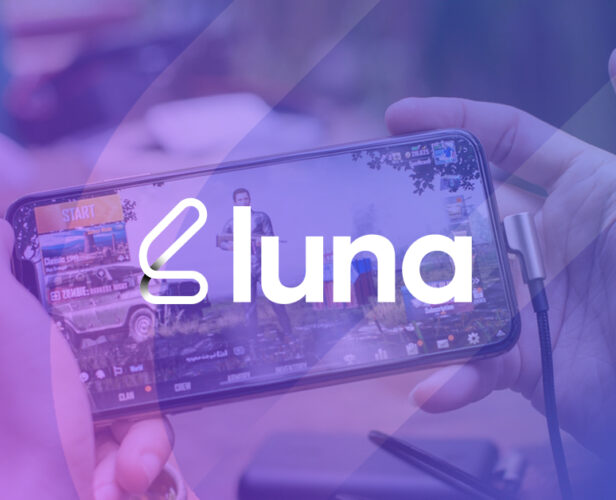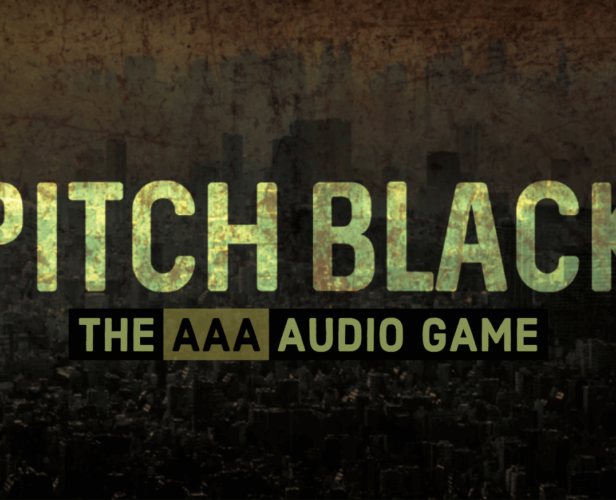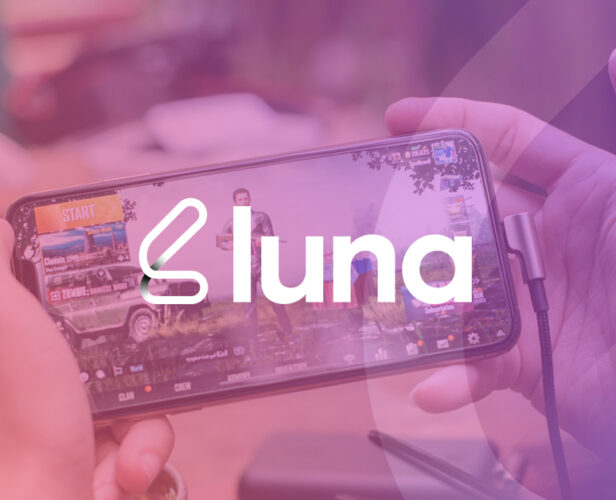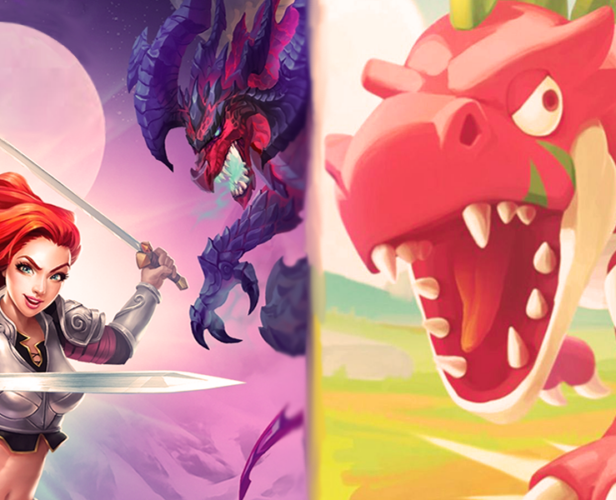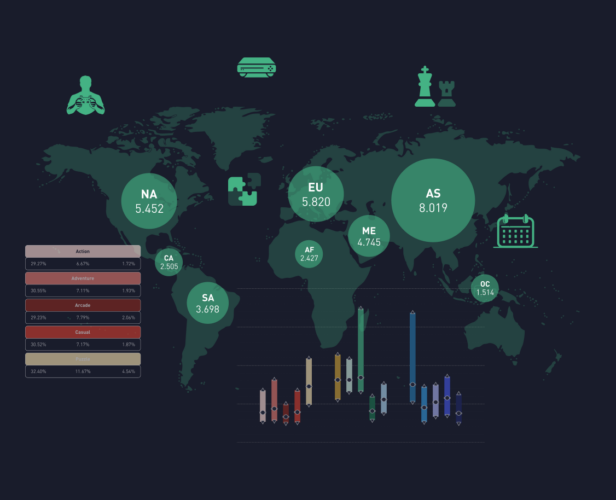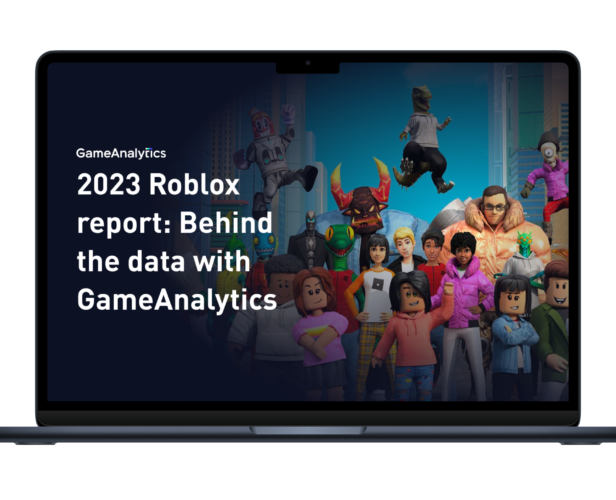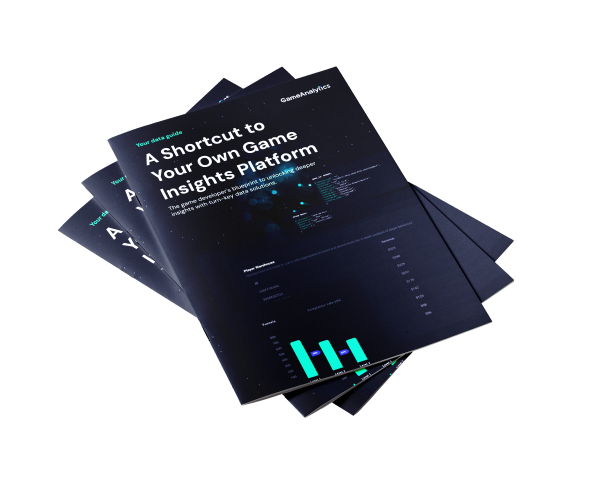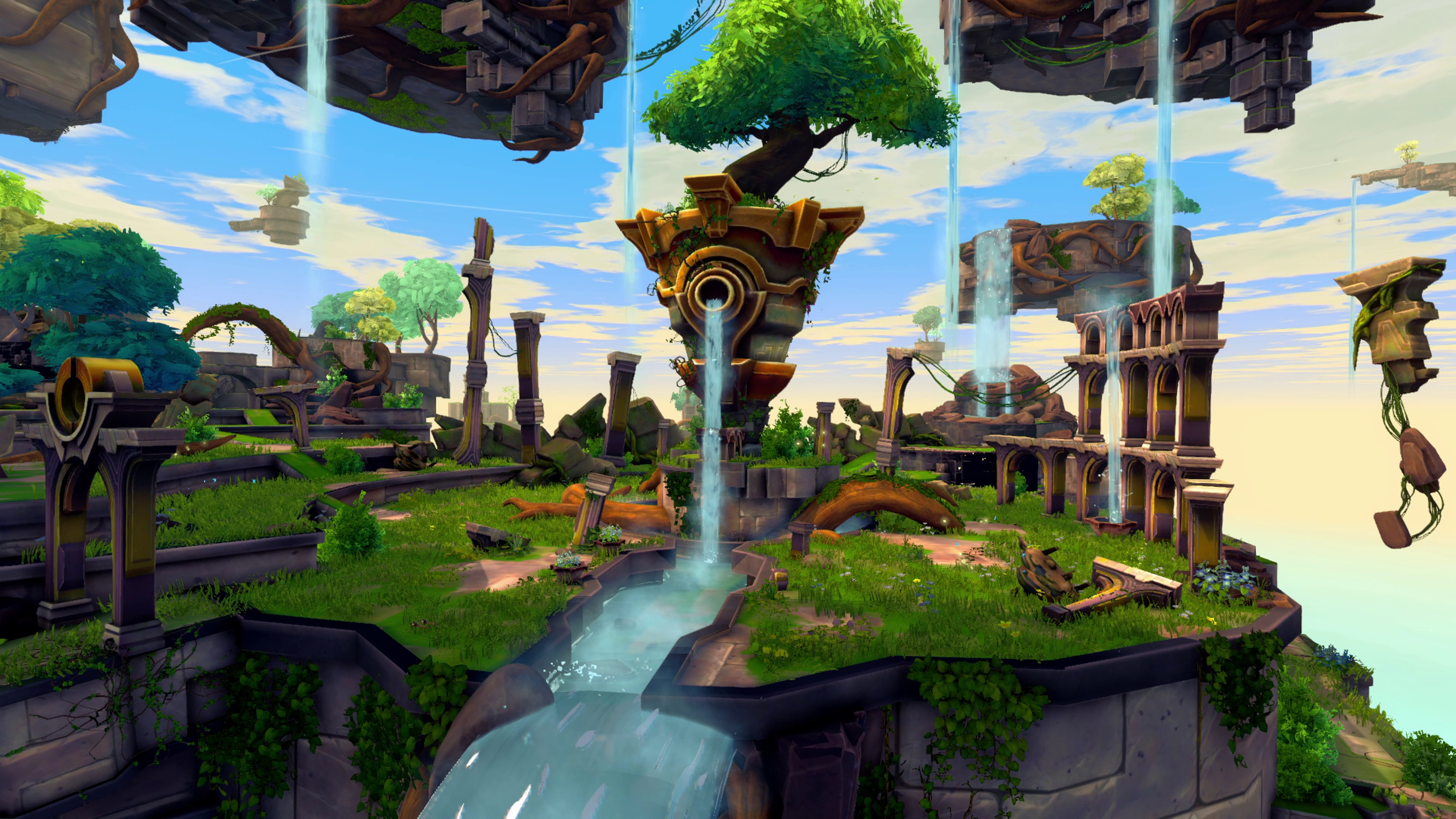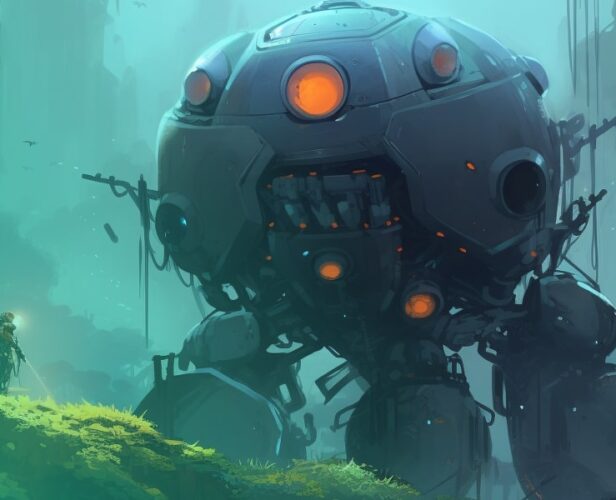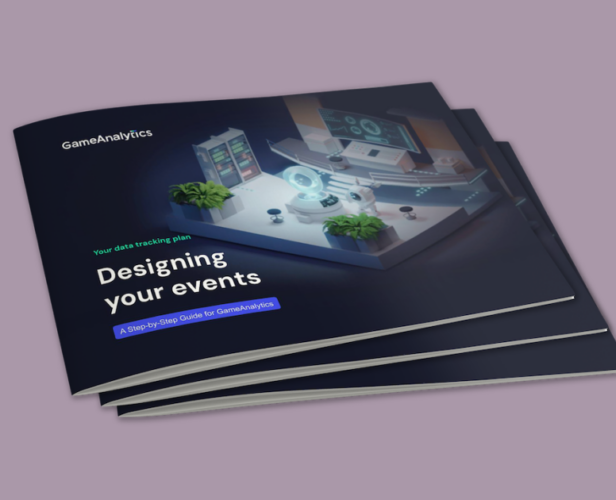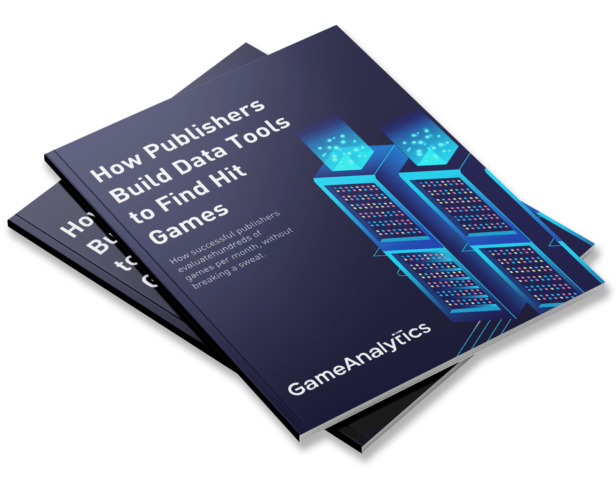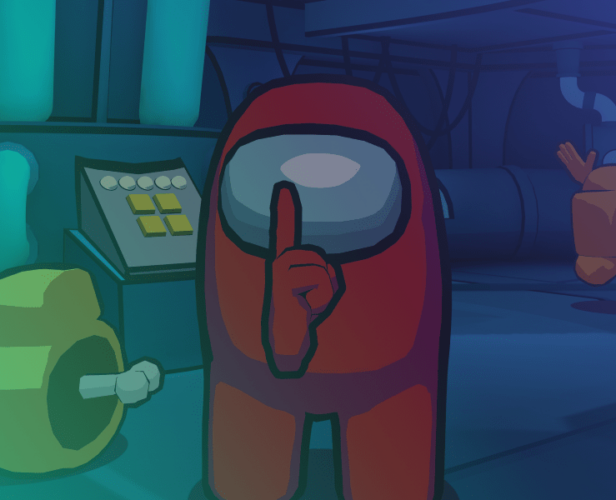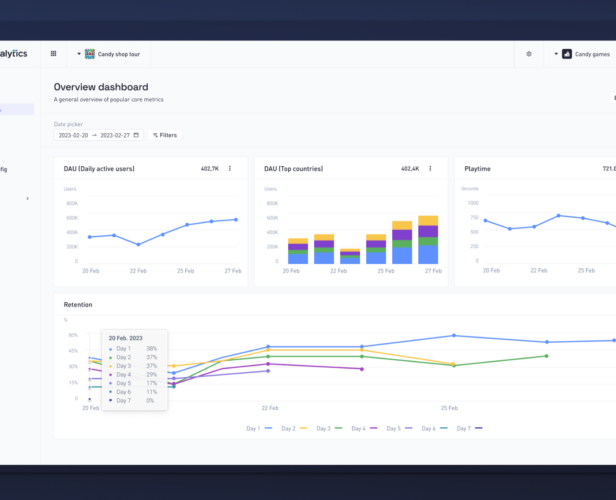Resources > All
Insights and tips about the games industry
Subscribe for gaming insights, industry reports and product updates delivered straight to your inbox.
#Game Design
A Beginner’s Dilemma: To Start With Casual Games or Mid-Core Games?
Editor’s Note: This post was originally published on LevelUp by Joakim Achrén, the Founder and CEO of Elite Game Developers, a Helsinki-based company that helps gaming entrepreneurs in starting their first games company. One of the earliest and most important decisions founders face when starting a games company is the level of complexity of their first game: should it be casual or mid-core? As an angel investor, every week I get to take a look at pitches from founders and I see them struggling with the same problems over and over again. So, how does one decide where to start and which approach will bring the most successful long-term? Here’s what I’ve learned through my experiences creating a games company and going through countless pitches since. The economics of mobile game ventures After hearing the pitch for a game, I...
#Tool & Product
Introducing Organizations: Empowering New Functionality in 2020
We’ve been a bit quiet these past few months in regards to major product updates, but for good reason. Alongside new features and capabilities coming in 2020, we’re also updating how you’ll manage your accounts in our tool, with our new concept: Organizations. We’re launching the first version of this feature within a few days. Here’s everything you need to know. So, what is an ‘Organization’? In short, an Organization will be the heart of your GameAnalytics account. It will be a central place for managing your company, containing all your games and users (even multiple studios), and will function as a trusted environment for collaboration between your users. How our account management currently works At the moment, our account management is user-focused. This has worked for smaller companies and studios (those who deal with just a handful of users...
#Mechanics & Features
Nine Tips when adding Social Elements to your Mobile Game
It seems like forever since the lockdown has been put in place. And with so many people stuck indoors missing their friends and families, it appears that they’ve turned to multiplayer games to connect with others. If you follow this blog, then you know that I not only love playing mobile games, but also finding out what makes them brilliant. And considering what’s happening in the world right now, I thought it would be useful for developers to learn a thing or two from a couple of the best multiplayer games out there. Let’s begin. 1. Too Many Cooks Developer: Finifugu & Friends Launch date: April 2nd, 2020 Price: Free, with in-app purchases Available on: iOS & Android I have been following Too Many Cooks for a long time now. I absolutely love this genre, and in my opinion, there...
#Game Design
Four Benefits of Hyper-Casual Games for the Gaming Industry
Editor’s Note: This post was originally published on LevelUp by Joakim Achrén, the Founder and CEO of Elite Game Developers (a Helsinki-based company that helps gaming entrepreneurs in starting their first games company). You can find the original version of the post here. No, this is not an article about how the hyper-casual market has peaked. This isn’t an article about how poorly hyper-casual games generate value for advertisers who buy ad inventory. And this isn’t an article about how crowded the market of hyper-casual games already is and how big studios are cloning and fast-following all the successful hyper-casual incarnations. No, this is an article about why hyper-casual has positively impacted the gaming industry and why its approach to development should be emulated by other genres. 1. Fast shipping speeds up the learning curve This past fall, I’ve been...
#Strategies
Five Key Lessons from Playing Five Hybrid Mobile Games
Thousands (if not millions) of people have been working from home this month, and in return, gaming has boomed. And with the now announced lockdown in the UK and other countries, we’ll likely see a higher increase in downloads, session length, and session counts. I’ve been working from home for my entire life, and games have been there for me. It seems they’re helping everyone else in the same way now, too. This month, I have specifically taken a look at hybrid games (games that smash together two different genres to make one great game). And if you pay any attention to the mobile gaming industry, then you’ll know that this is a trend that has been getting more traction over the years. So, as usual, I’ve picked out my five favorite games in this genre, and deconstructed them to...
#Ads & Monetization
Why Hypercasual Can’t Sustain the Growth of Playables: Part Two
Editor’s Note: This article was originally published by Adam Stevens, Chief Product Officer at Luna Labs. You can read the original version of the second of this two-part series here. TL;DR Over the past two years, hypercasual studios found their way to make playable ads drive significant results. In doing so, they propelled this format to the main stage. However, the methods they found to be successful for this format cannot simply be “replicated” in other game genres — these studios must now find their own paths for success. And as playable ads evolve, studios need to also overcome some additional challenges, for the format to continue its growth and significance in the ecosystem. Creatives didn’t suddenly become important — for many years, the quality of the creatives you produce as well as your ability to analyse results and improve...
#Game Design
Purple Jam Interview: Lessons from making an Audio-only Game
Ahead of the release of their newest title, Pitch Black, I spoke to the developers at Purple Jam to learn how they’ve gone about creating an audio-only game, and what they have learned along the way. Thanks for joining me today. Before we get started, would you be able to give us a bit of background on your team? Sure thing. So, Purple Jam consists of three audio specialists turned game developers. We first met each other last September when we were powering through our Masters’ at the University of Derby. But it wasn’t until we reassessed our lives did we decide to join forces and create the game of all games – Pitch Black: A Dusklight Story. In a flash of inspiration, Harry Cooper (commonly known as ‘The Mastermind’), had the idea of creating a binaural based audio game....
#Ads & Monetization
Why Hypercasual Can’t Sustain the Growth of Playables: Part One
Editor’s Note: This article was originally published by Adam Stevens, Chief Product Officer at Luna Labs. You can read the original version here. In 2019, playable ads rose to the forefront of mobile advertising as a top-performing creative format.* Today, nearly every mobile gaming studio is looking to un-tap the creative potential they can bring. At Luna, I experience this in every conversation we have with our partners, and the results we see. Playable ads have become an integral part of any attempt to scale a game with a healthy margin. Finding shareable data on the extent to which playables have contributed to the success of today’s top games is difficult. Studios tend to keep such information close to their chest. However, I can say with certainty that when you find the right game and the right playable ad flow,...
#Data & Analytics
Wildlife Studios: Why Your Studio Needs Data Scientists
Editor’s Note: This article was originally published by Vitor Margato, Senior Data Science Manager at Wildlife Studios. You can read the original version here. Data science has been a hot topic for the past few years, but it’s often hard to understand what data scientists actually do in real companies. They seem to be behind whatever is going on when your favorite streaming app recommends you new songs, or when a ride-hailing app assigns you a driver, but what exactly is their role? In this post, I don’t try to describe how data scientists can help companies in general — I’ll focus on mobile gaming companies, because that’s where I have firsthand experience. Hopefully, some concrete examples will help you form a clearer picture of data science. But first, let me just take a step back to explain why I think those companies absolutely deserve...
#Strategies
Deconstructing the State of the Hyper-Casual Market in 2020
Editor’s Note: This article was originally published on Mobile Free to Play. You can find the original version of this post here. HyperCasual is quite a perplexing genre to many creators of mobile games. When you download a game about Ironing, Coloured Sand or WaterSlides you wouldn’t expect them to be the most popular games on the store, downloaded up to 20 million times in a month. The simplicity of the titles and the scale of the audience are both shocking and inspiring. HyperCasual as a market has grown from strength to strength over the last 3 years and is only now hitting the top of it’s S curve. Simplicity is still the ultimate sophistication, when it comes to mobile hits. This article analyses the market and how it has grown and potentially where it will continue in 2020. If you...
#Mechanics & Features
14 Best Hyper-casual Gameplay Mechanics
As Voodoo has put it, the key to a successful hyper-casual game is making sure it’s short, simple and satisfying. When working towards this, there are a lot of different mechanics you can use and combine for your gameplay, so we thought we’d explore which ones do the best, and why. These mechanics are the building blocks of game design. The more you know, and the more you experiment with them, the more engaging your games will become. Please, use this list as a base for inspiration, but don’t be afraid to combine multiple mechanics. We’ve seen that many fusion games with a fresh twist often perform best. Do your research Researching similar games can help you find what works and what doesn’t (as well as discovering your own niche). We’ve launched GameIntel, a new and improved mobile intelligence offering...
#Mechanics & Features
Using Hybrid Genres to Broaden Your Mobile Game’s Audience
Editor’s Note: This post was originally published by Kalle Heikkinen, Chief Game Analyst – China. With over 400 games analyzed under his belt, Kalle has a solid understanding of what works and what doesn’t in the mobile game market. Is blending multiple genres into a single package a success formula or a recipe for disaster? Are there ways to cater to a bigger audience across the casual-mid-core spectrum? GameRefinery has been following the market for so-called hybrid games closely, such as titles that are mixing elements from multiple different game genres to create a hybrid genre like Idle RPG. All data and examples in this post are gathered from the GameRefinery service, check it out here. If you’re interested in researching over 200 in-game features, their popularity, and implementations or checking out feature deconstructions of hundreds of games, you might...
#Game Design
Five Mistakes to Avoid When Making A F2P Game
Back at PGC Helsinki 2019 in October, we had the pleasure of seeing quite a few interesting talks. But among all the sessions we attended, there was one that particularly stood out – where Priyank Badkul from Huuuge Games shared the five key mistakes mobile game developers should avoid after deciding to pursue their F2P game idea. Priyank is a Product Owner of Coffee Break Games at Huuuge Games – a division that focuses on Classic Games such as Chess, Checkers, Dominoes and many more. He has been making games for the last 14 years. He produced the first official Formula One mobile game and Bingo Bash – the all-time highest-grossing bingo game. If you weren’t there in Helsinki for the conference, here’s Priyank to bring you up to speed: I’ve worked on some very successful mobile games. But I’ve...
#Editor's pick
Game data pipeline: Building vs buying
As a large number of studios, publishers, and game developers are heavily relying on data to guide their decisions, they need to decide between building or buying. But which one is more efficient? To assist you in understanding the Total Cost of Ownership (TCO), we broke down the following key considerations: Setup requirements Cost calculation Team needs and recruitment
#Editor's pick
Mobile gaming benchmarks for Q1 2024
Uncover the industry’s performance with Q1 2024 benchmarks. Explore key metrics like retention rates and session engagement to benchmark your games against industry standards. What’s inside? Retention benchmarks for casual, classic, and mid-core games Session length benchmarks for games launched in North America, Europe, the Middle East, and Asia Session count benchmarks across 15 game genres
#Editor's pick
Grow your revenue with Xsolla Web Shop for Mobile Games
“Xsolla anticipated this seismic shift earlier this year, when we launched multiple products that are being actively used by some of the world’s largest game companies to increase profit and build closer relationships with their mobile and pc players. We’ve now combined these products and learnings into an elegant new solution called Xsolla Web Shop for Mobile Games,” said Chris Hewish, President of Xsolla. Through Xsolla Web Shop for Mobile Games, developers can expect significant revenue growth and can reach new players in new geographies previously unavailable to them. This solution solves many challenges developers face; such as discoverability, declining profit margins, lack of control over the user experience, access to localized payment methods, cross game marketing, more efficient user acquisition, effective collaboration with creators and influencers, and much more. Three industry-changing announcements make this opportunity more timely than ever:...
#Editor's pick
2023 Roblox report: Behind the data with GameAnalytics
Download a comprehensive report of Roblox player behavior and game performance based on GameAnalytics data from 2023. This report highlights critical benchmarks and insights to help Roblox creators optimize their games. What’s inside? Devices analysis Players’ daily session frequency Average revenue spent per user Session length and count benchmarks Retention benchmarks Revenue benchmarks
#Editor's pick
The Game Developer’s Handbook to Mastering Data Solutions
Data is the key to success in the ever-evolving landscape of game development. Explore this guide to transform your data into insights using our turn-key data solutions. What’s inside? Our comprehensive guide explores cost-saving strategies and real-world applications for advanced use cases. Learn how to seamlessly integrate data sources, unlock detailed player insights with Player Warehouse, access real-time data with Raw Export, and ensure data privacy compliance.
#Case study
Developing a #1 VR MMO: Ramen VR’s Journey with GameAnalytics
Discover how Ramen VR used data-driven game development to launch "Zenith: The Last City", which became the #1 bestselling game all major VR platforms—including Meta Quest/Rift, Steam and PlayStation VR.
#Editor's pick
Using AI to Supercharge Your Game Art Design
Discover how tweaking AI tool settings can help you generate varied art styles, produce better concepts, and speed up the process from prototype to final design. With AI on your team, creating unique game art has never been easier or faster.
#Editor's pick
Event Design & Tracking Guide for GameAnalytics
Learn how to create an adaptable tracking plan, enabling you to unlock richer insights and maximize the value of your data within GameAnalytics.
#Editor's pick
How studios use DataSuite to find hit games
Learn how successful publishers evaluate hundreds of games per month, to find the next hit game.
#Editor's pick
Among Us VR dev talks about how to create immersive worlds
VR is all about immersion. It’s about allowing players to lose themselves in more than just a game, but a new world. You have to build VR experiences the right way to make this happen. This goal is always top-of-mind for Schell Games. In this interview, we spoke to Schell Games’ Vice President of Product, Charlie Amis, to learn their story. “For VR, you want to make the player feel like they’re actually in the world you’ve created. This isn’t as true or a high priority in PC and console games. If people start to lose that sense of presence and immersion, then a lot of the reason they put the headset on is hurt. They want to go to another world or be someone new. So you need to help them feel like they’re really there and really that...
#Editor's pick
GameAnalytics H1 Update: New Product Improvements!
It’s been a busy time since February, when the largest update in GameAnalytics history was launched. Read on for more information about what’s changed recently, and new functionality coming to the platform very soon.
#Case study
How TapNation uses DataSuite to increase the LTV of 19 hit games by 50% in only 6 months
Smashing obstacles with Giant Rush While they’ve seen huge improvements using DataSuite across their portfolio, one game stands out in particular: Giant Rush. (And not just because the character is huge.) The title has now reached over 140 million downloads. And, through a series of A/B tests and insights from the data they collected, they’ve been able to increase the LTV by a whopping 200% over six months for this specific title. “It’s because we A/B test every day,” Philippe Grazina from TapNation says. “We ask questions like: When are players leaving the game? For example, the boss in Giant Rush. If we spot that they’re leaving at the same point every time, we know we need to make a change. Small details like that really help.” Through these granular insights, TapNation can iterate and improve on their game step...
#Editor's pick
How to Build a Data Warehouse for Games from Scratch
Over our last couple of blogs around data warehouses, we’ve explained how they let you analyze data from across your portfolio and look at what insights you can gather from them. Now, we’ll dive into how to build a data warehouse. What steps do you need to take and what resources will you need? To figure this out, we’ve rounded up the costs, steps, and tools we think you’ll need to get started. Please note, that we haven’t included the cost of running an engineering department (which you’ll need), which can end up being a lot of $$$. What do I need to get started? Before you start, you’ll need to ensure you have the right people. You’ll likely need a software or data engineer, and perhaps an architect or DevOps engineer. You’ll also need to budget for tools like...
